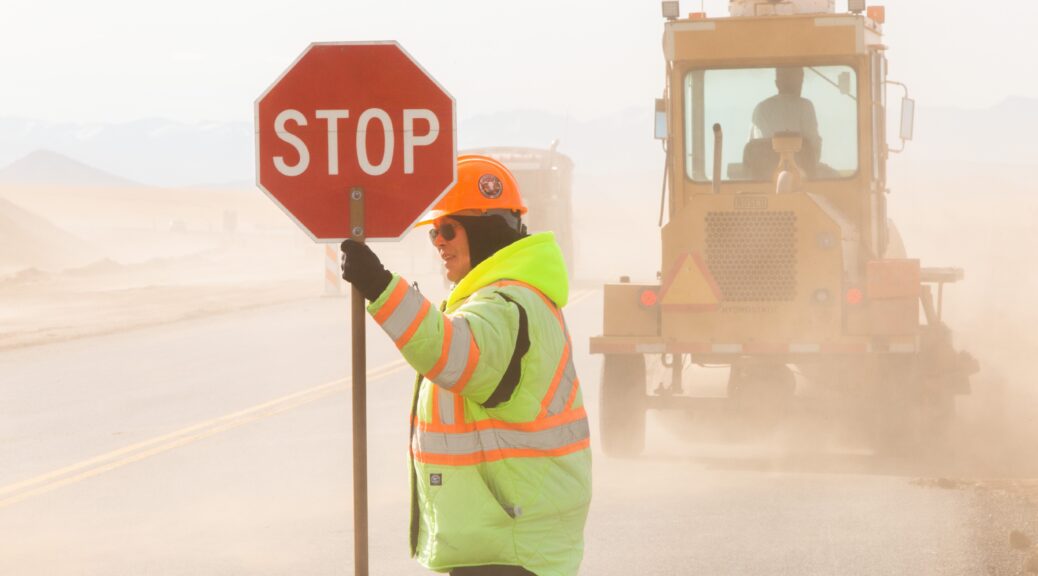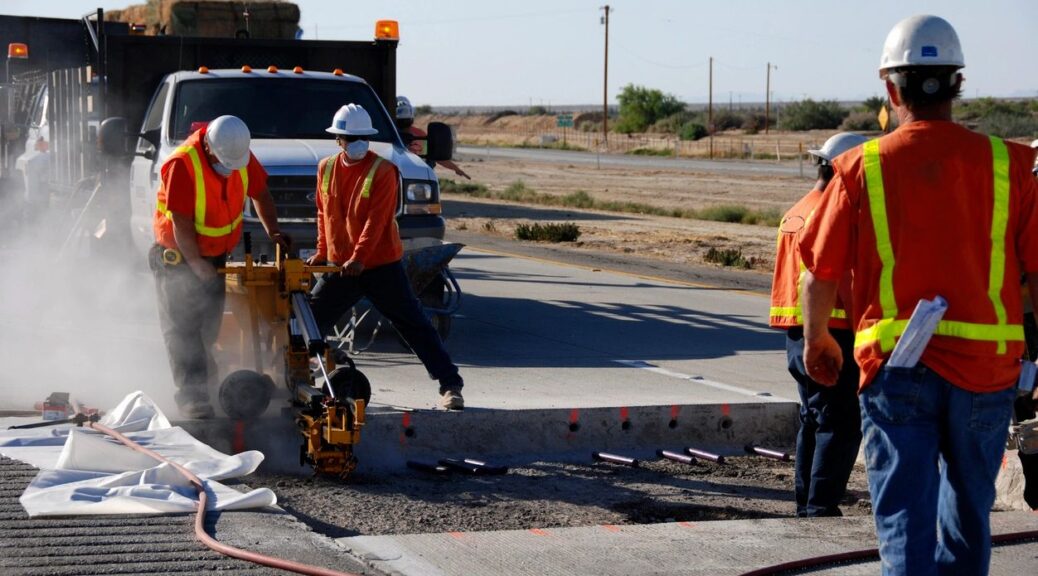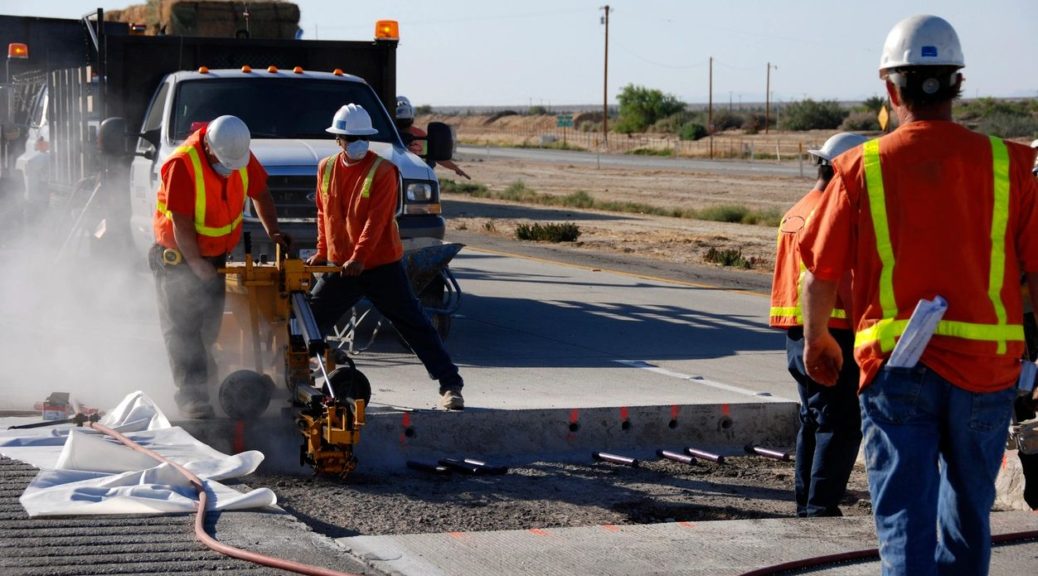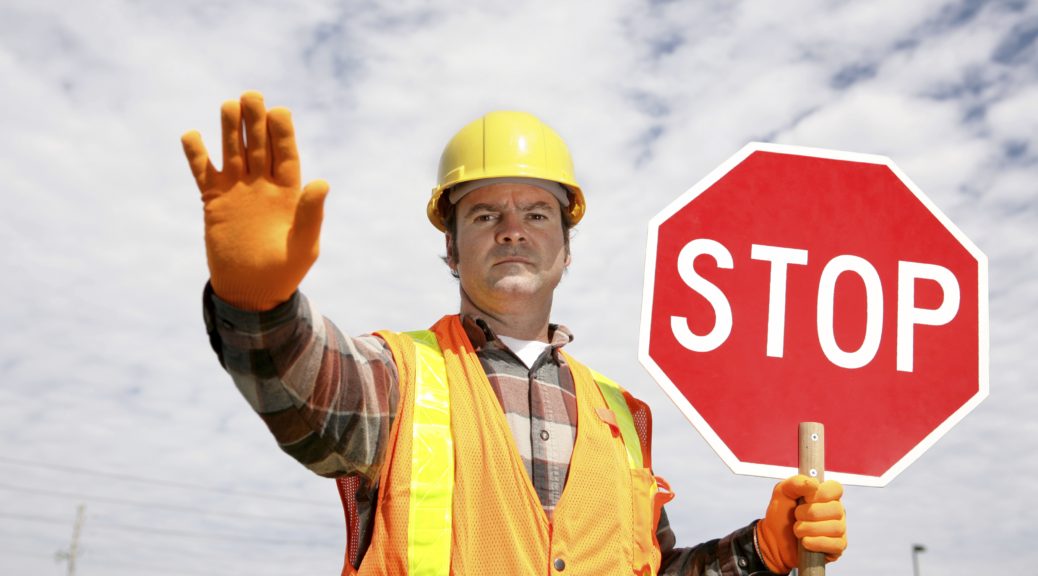Workplace Sun Safety Training Goes All-Virtual
People who work outdoors are exposed to high levels of solar ultraviolet radiation (UV) over a lifetime that can substantially increase their risk for developing skin cancer. Workplaces can be an effective channel for UV safety policy and training for employees in order to reduce their UV over-exposure and risk for skin cancer.
Klein Buendel researchers and their collaborators have been developing, evaluating, and refining comprehensive approaches to occupational sun protection for two decades. Now, the experienced research team is launching a new project funded by the National Cancer Institute to develop and evaluate a mechanism for distributing an established sun protection program virtually to diverse workplaces in the United States. The virtual environment will be comprised of a database, content management (interactive toolbox), and media platform (trackable training) to tailor the sun safety program to management’s readiness to innovate on sun safety based on Diffusion of Innovations Theory. In addition, the virtual platform will better integrate sun safety training by improving appropriateness for Hispanic and African American workers and conforming with the latest learning management systems technologies.
The Fast-Track SBIR project (CA257778) will complete a 9-month Phase I feasibility study and a 2-year Phase II effectiveness trial through employers across the country. The primary hypothesis of the study is that compared to employers in a minimal information control group, employers assigned to receive SSW Works will have employees that practice more sun protection at posttest. The research will be led by Mary Klein Buller, Principal Investigator. Co-Investigators include Dr. Barbara Walkosz, Julia Berteletti, and Dr. David Buller from Klein Buendel. The virtual platform will be engineered by Klein Buendel’s Creative Team.
The outdoor workforce in the United States is large and, in many places, at very high risk for skin cancer. Improving sun safety will help reduce health care costs and save lives. Thus, the research will have high impact and potential for commercial adoption, two objectives of SBIR projects.





